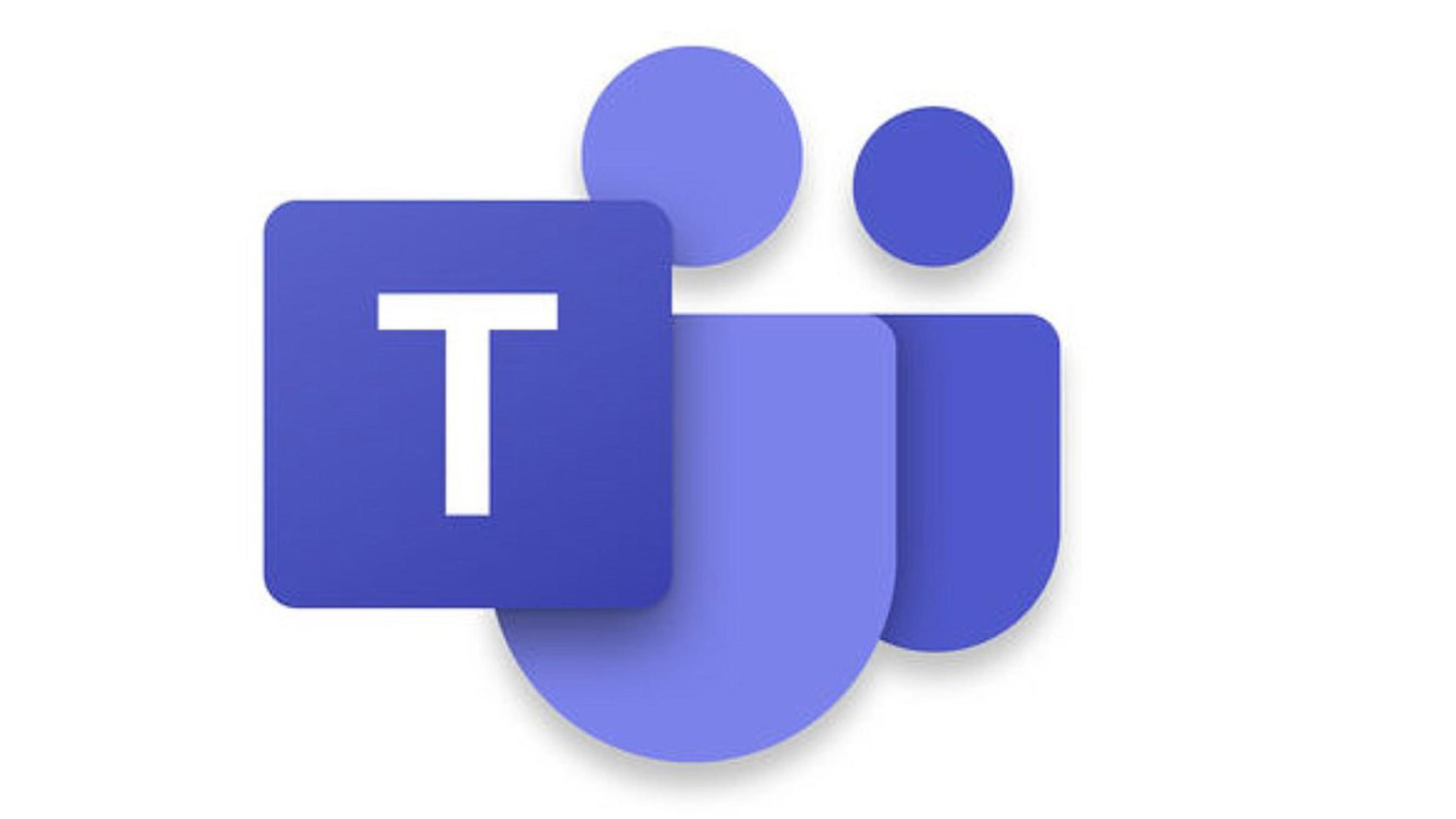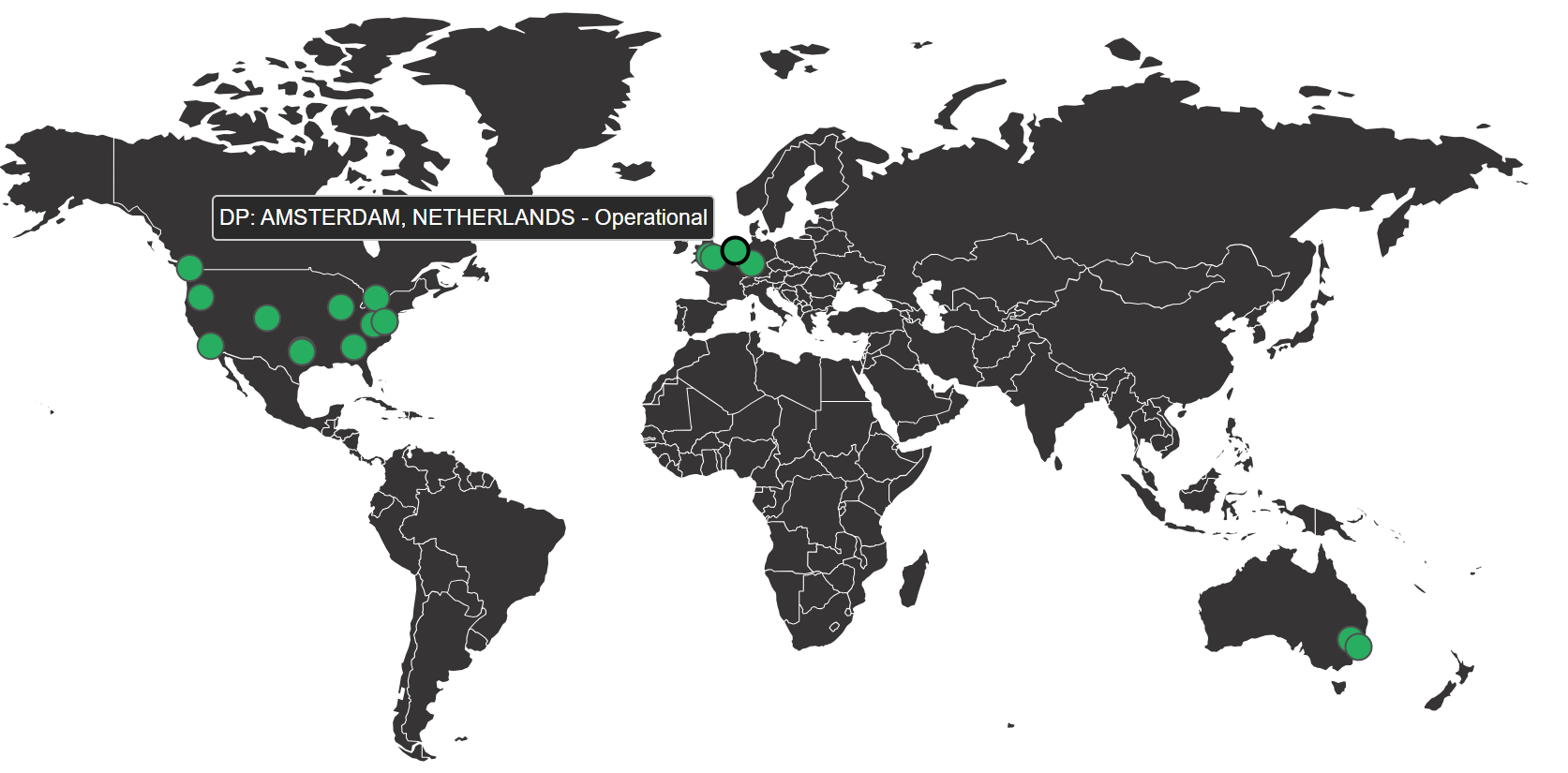
One of the most common fax-over-IP (FoIP) questions is how to eliminate packet loss and jitter. Thankfully, there is a solution.
The problem of packet loss and jitter is the result of reliance on the T.38 transmission protocol. Both the T.38 and the G.711 protocols were not made for IP transmission. VoIP was developed for voice, and voice is more forgiving than fax. So when IP transmission fails, T.38 is not able to handle the disruption and either packet loss or jitter occurs. This is partially because VoIP uses UDP for transmission.
The T.38 protocol theoretically can compensate for packet loss, because there’s allowance in the protocol for the sending of redundant packets. Technically, T.38 should be able to handle network issues. In practice, however, any significant network disruption overwhelms the T.38 protocol.
“While T.38 is reliable during transmission over QOS networks such as MPLS circuits or WAN, T.38 is not suited for the Internet where packet loss and jitter are a regular occurrence,” wrote LC Truong in a guest editorial this past March.
The solution is using FoIP over HTTPS instead using TCP instead of UDP.
“Through the use of TCP instead of UDP, all packets are intact and transmitted, as this will work for just about all data connections,” noted Truong.
Using HTTPS is easy to set up, too, making it a simple fix. There is no complicated architecture, and it is virtually plug-and-play with a provider such as FaxSIPit.
“It easily navigates through firewalls and NAT’s, it has no T.38 dependency, and it works over any Internet or data connection while using a fraction of the bandwidth,” wrote FaxSIPit’s Randy Simmons a couple of years back. “You can connect and be up and running with an HTTPS Fax connection in five minutes and be sending faxes while still preserving the fax machine experience for the end user.”
In short, there is an alternative to packet loss and jitters. That alternative is the use of HTTPS for fax transmission.























